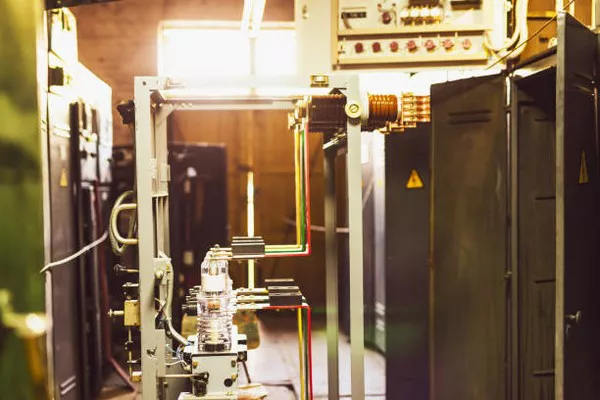Portable generators have become an essential tool for homeowners, outdoor enthusiasts, and businesses alike. Whether you’re preparing for power outages, planning a camping trip, or running essential appliances during an outdoor event, selecting the right size portable generator is crucial. In this article, we will delve into the factors that influence the size of the generator you need and provide a comprehensive guide to help you make an informed decision.
Understanding Power Requirements
Before diving into generator sizes, it’s important to understand the basic concept of power requirements. The unit of measurement for electrical power is the watt (W), and generators are rated based on their output in watts. The power requirements of your devices and appliances, measured in watts, will guide you in determining the size of the generator needed.
Assess Your Power Needs
The first step in selecting the right size portable generator is to assess your power needs. Create a list of the appliances and devices you intend to power during an outage or while on the go. Consider essential items such as refrigerators, lights, sump pumps, and medical equipment, as well as recreational devices like laptops, phones, and camping appliances.
For each item on your list, note its power consumption in watts. You can usually find this information on the appliance’s label or in the user manual. Keep in mind that some devices have both running watts (the power needed to operate continuously) and starting watts (the extra power required during the initial startup). Ensure you account for both values when calculating your total power needs.
Calculate Total Wattage
Once you have gathered the power requirements for each item on your list, add them up to determine the total wattage you’ll need from your portable generator. It’s advisable to round up to ensure your generator can handle any unexpected power surges or additional devices you might want to connect.
Consider Start-Up Surges
Certain appliances, especially those with motors like refrigerators and air conditioners, experience a momentary surge in power when they start up. While their running watts may be lower, the starting watts can be significantly higher. Be sure to account for these surges when calculating the total wattage your generator needs to handle.
Generator Sizing Categories
Generators come in various sizes, each designed to meet specific power requirements. Here are the common categories:
Small Generators (1,000-3,000 Watts): Ideal for powering essential appliances and devices during power outages or for recreational activities like camping. These generators are lightweight and portable.
Medium Generators (3,000-6,000 Watts): Suitable for powering a combination of essential appliances, lights, and small power tools. They offer a good balance between portability and power output.
Large Generators (6,000-10,000 Watts): Designed for powering multiple appliances, tools, and even providing backup power for larger homes. These generators are heavier and less portable but offer substantial power.
Industrial Generators (10,000+ Watts): Reserved for heavy-duty applications, such as construction sites, large events, or as backup power for sizable properties.
Choosing the Right Size
Once you’ve determined your total power needs and considered the different generator sizes, it’s time to choose the right one for your specific requirements. Here are some additional factors to consider:
Fuel Type: Generators can run on gasoline, propane, or diesel. Consider the availability and convenience of the fuel type for your intended use.
Runtime: Check the generator’s runtime on a full tank to ensure it meets your needs. Consider a generator with a fuel-efficient engine for longer runtimes.
Portability: If you plan to move your generator frequently, opt for a model with wheels and a handle for easy transportation.
Noise Level: Generators can be noisy, so consider the noise level if you’ll be using it in a residential area or a campground. Look for models with noise reduction features.
Conclusion
Selecting the right size portable generator is a crucial step in ensuring you have a reliable power source during outages or outdoor activities. By carefully assessing your power needs, accounting for start-up surges, and considering additional factors like fuel type and portability, you can make an informed decision that meets your specific requirements. Remember that investing in the right size generator now can provide peace of mind and convenience in the future when you need it most.

